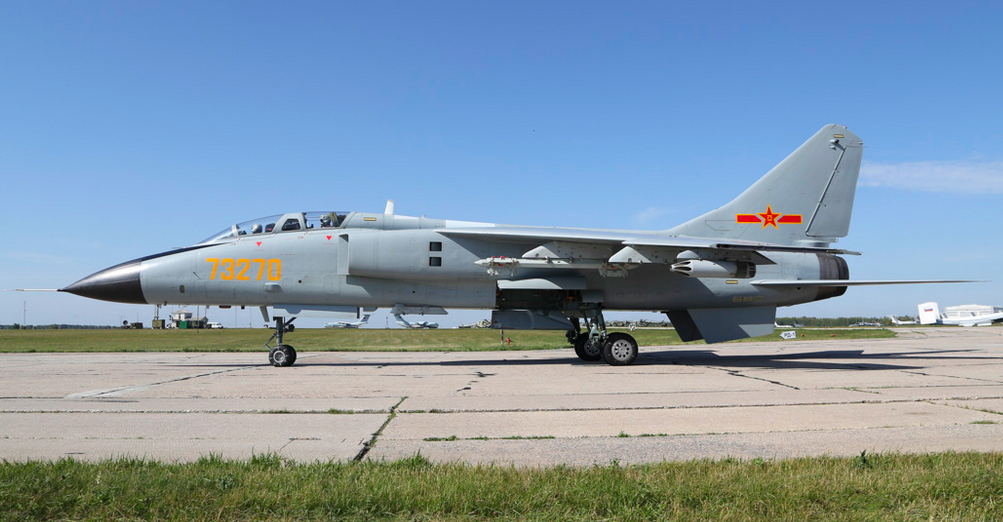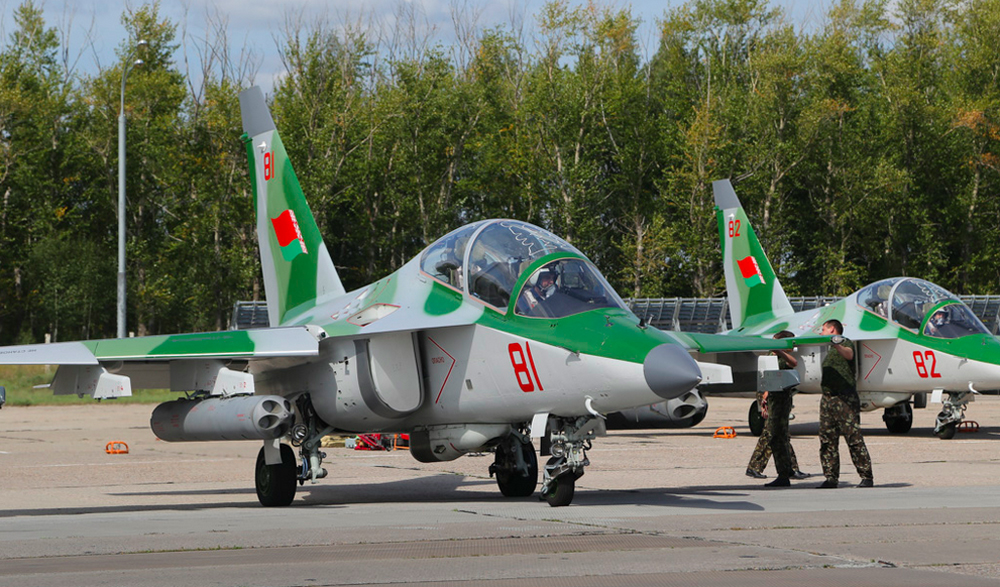Click Here to View This Page on Production Frontend
Click Here to Export Node Content
Click Here to View Printer-Friendly Version (Raw Backend)
Note: front-end display has links to styled print versions.
Content Node ID: 398646
Between July 31 and August 10 the Russian aerospace force (VKS) held the final round of its annual Aviadarts series of air exercises at the Ryazan-Dyagilevo base, a training center for the strategic bomber force. The exercise not only included VKS aircraft, but also those from Belarus, Kazakhstan, and China, with a total of 43 crews taking part.
Chinese aircraft have participated in the exercise since its second event in 2014, and this year’s exercise saw a sizeable contingent, including Chengdu J-10 fighters, Xian JH-7A fighter-bombers, Xian H-6K bombers, Mi-171 helicopters, and Shaanxi Y-9 transports.

Kazakhstan sent Su-30 fighters and Mil Mi-35 gunship helicopters to the event, while Belarus deployed Yak-130 close-support aircraft, and Mi-8 and Mi-24 helicopters. Russian participation comprised Su-35S and Su-30SM fighters, Su-25 and Su-34 attackers, Tu-22M3 “Backfire” bombers, Il-76 transports, and helicopters including Ka-52s, Mi-28Ns, and Mi-8s. On the last day, two MiG-31Ks armed with the Kh-47M2 Kinzhal hypersonic missile appeared, but the weapons are not thought to have been fired.
Aviadarts is organized as a competition, involving physical exercises, air navigation exercises, and culminating in a two-day shooting contest involving missile launches, bombing, and ground strafing at the Dubrovichi range, with accuracy in targeting and navigation being used to determine the outcome. Typically crews participated in teams with three aircraft—two primary and one reserve. Helicopters and transport aircraft were tested in various scenarios, including air-dropping accuracy.
